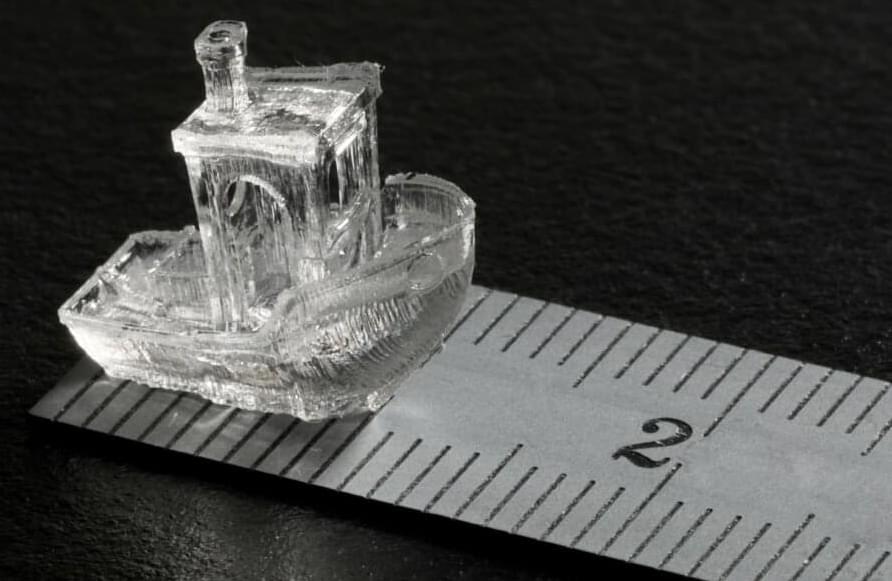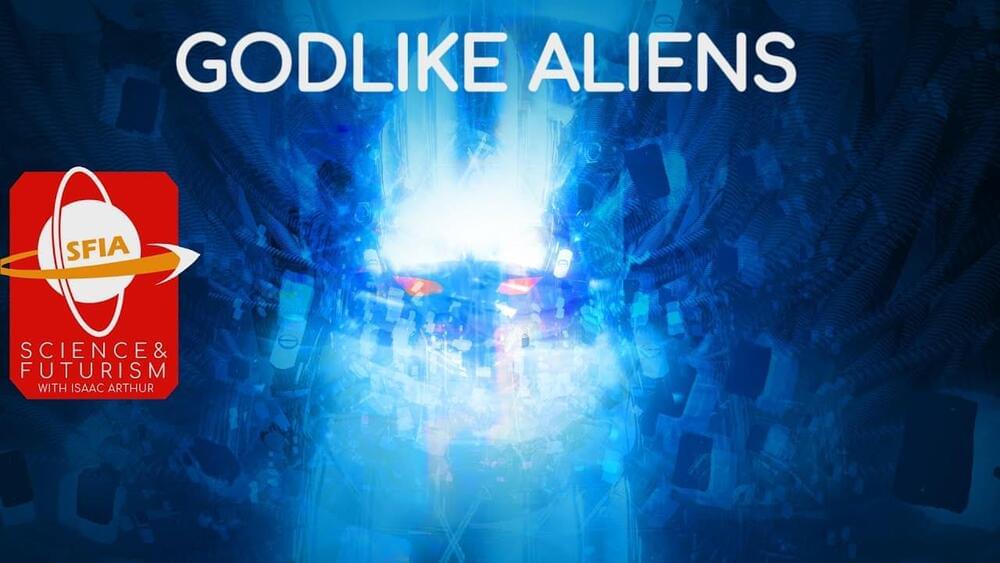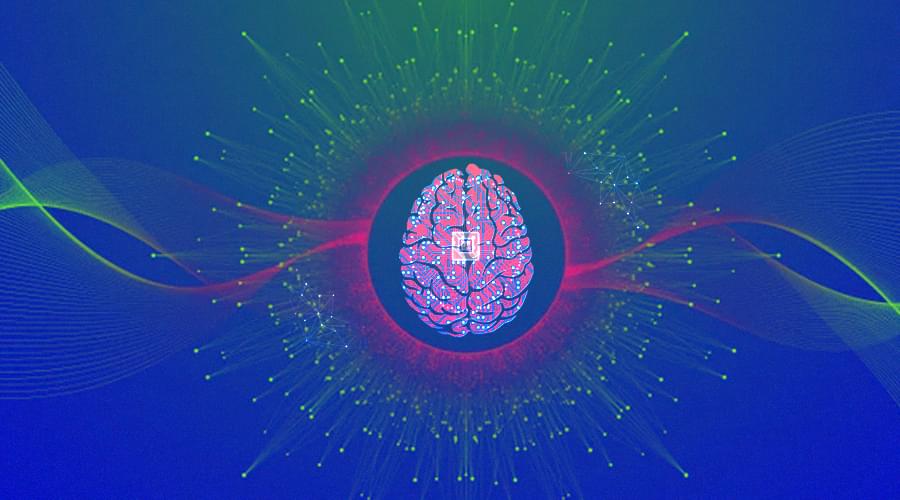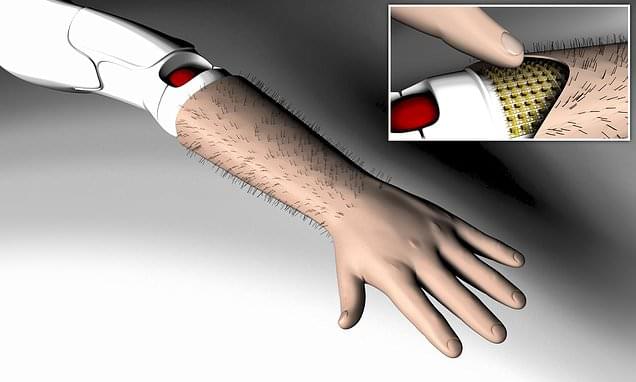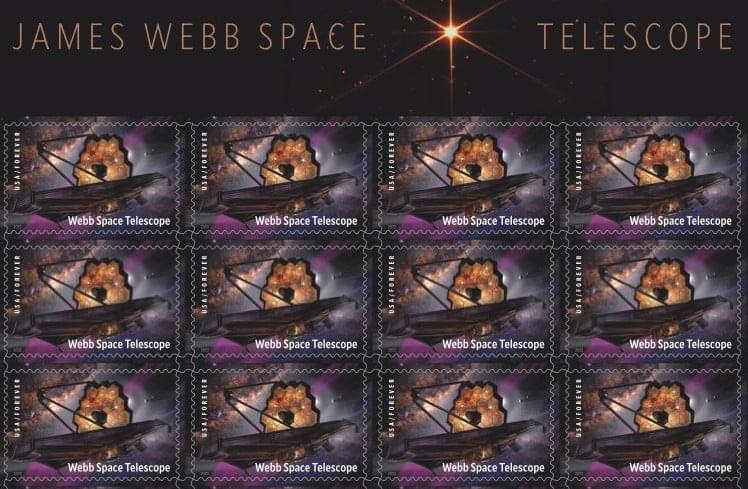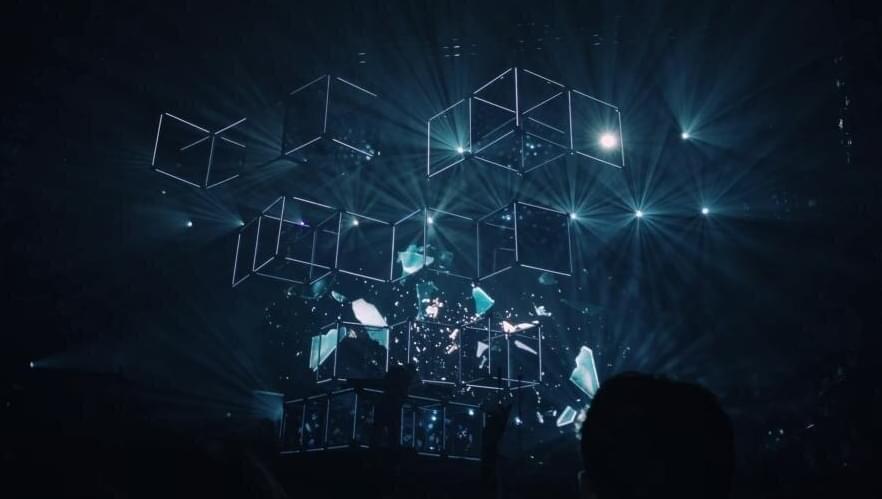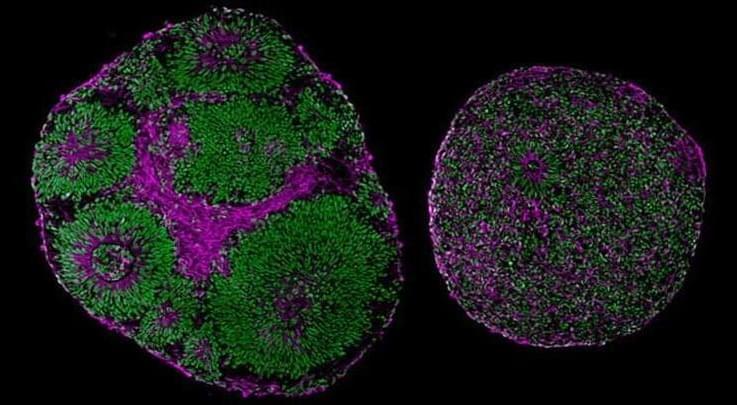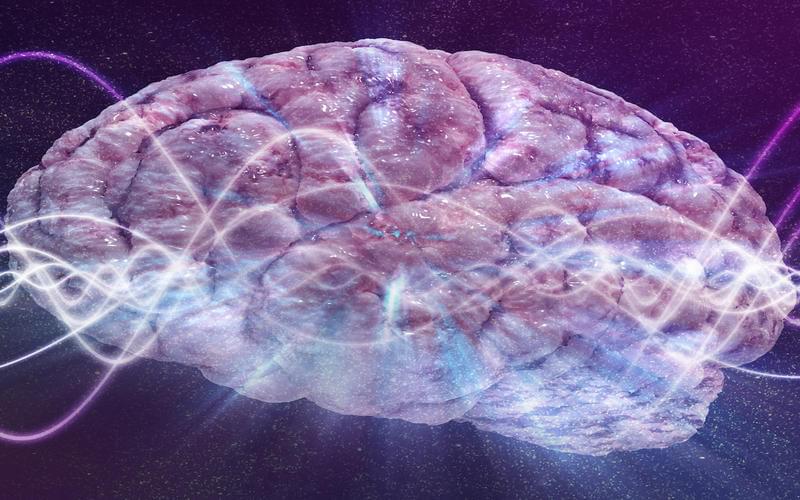May 5, 2022
Light-based 3D printing technique prints full objects in just seconds
Posted by Quinn Sena in categories: 3D printing, innovation
Circa 2020
Researchers have created a new 3D printing technique that could replace traditional 3D printers that take far to long to create desired objects.
The problem with traditional 3D printers is that they work in horizontal layers. This process is the bane of 3D printing, as it means that, depending on the size of the object, it will take time to construct. What if the printer could build the entire model all at once, instead of layer-by-layer? Researchers from Switzerland’s Ecole polytechnique federale de Lausanne (EPFL) have done just that with their new invention.
Continue reading “Light-based 3D printing technique prints full objects in just seconds” »
